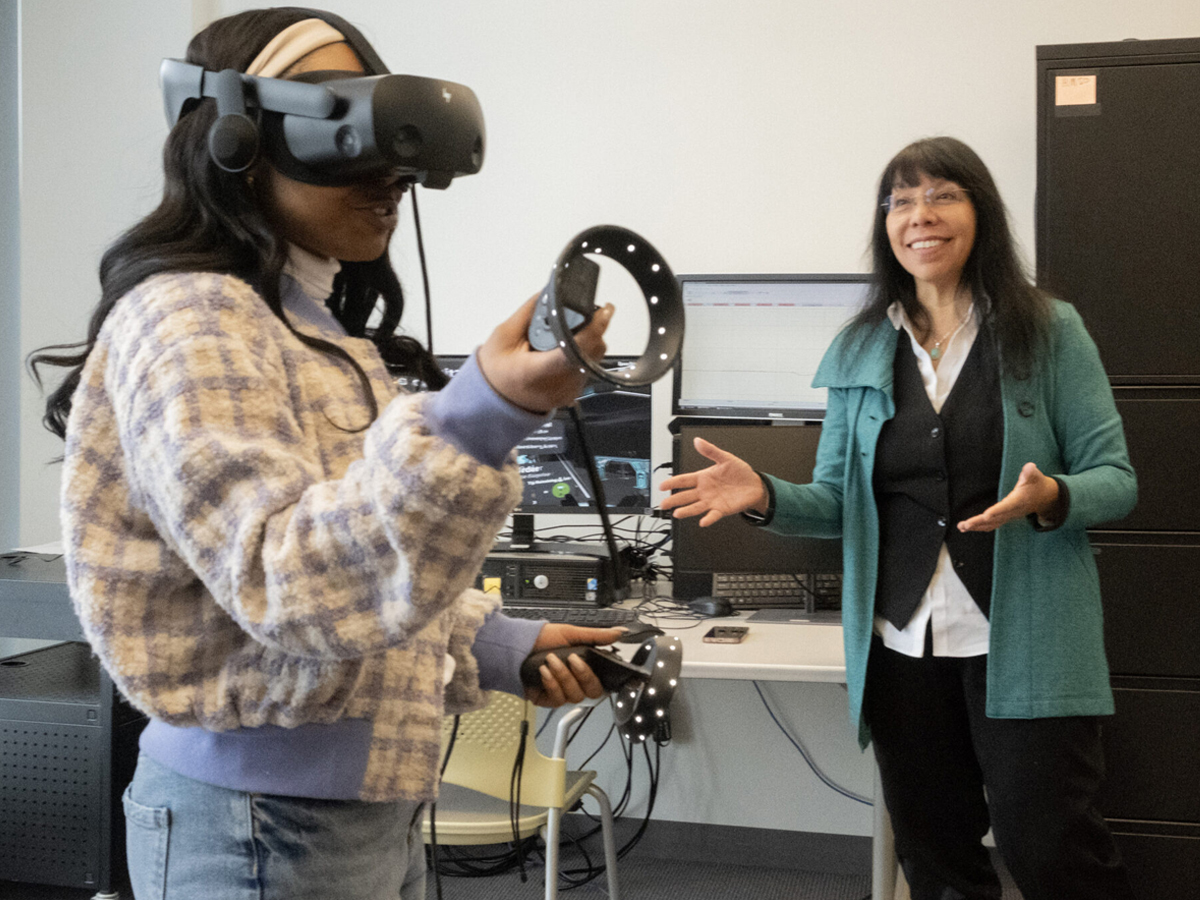Recent research highlights a growing trend in the realm of social media: virtual influencers are gaining substantial trust and followings, often rivaling their human counterparts. A study conducted by T. Makana Chock, a communications professor at the S.I. Newhouse School of Public Communications, reveals that the success of these digital avatars largely depends on their perceived authenticity.
Chock, who directs the Extended Reality Lab at the university, led a team of students in analyzing the psychological factors that make virtual influencers appealing. The findings indicate that as these avatars become increasingly indistinguishable from humans, audiences are more inclined to trust and engage with them. Virtual influencers, often found on platforms like Instagram and TikTok, have amassed millions of followers, showcasing their rising influence.
Understanding the Appeal of Virtual Influencers
According to Chock, the key to the credibility of both real and virtual influencers lies in their authenticity. However, what constitutes authenticity can differ based on culture, audience, and context. For instance, an avatar effective in promoting fashion may not be considered credible in the realm of finance. Chock states, “A key factor in the credibility and appeal of influencers is their perceived authenticity, which varies depending upon culture and audience characteristics.”
The study involved various experiments and surveys to explore which demographics are more likely to trust virtual influencers. Results indicated that as these avatars exhibit more human characteristics—through visual cues, voice, and emotional expression—viewers respond more positively. This increased engagement leads to higher levels of trust and relatability.
Virtual influencers are typically designed to appeal to audiences online. They can be meticulously crafted to align with brand identities, allowing for consistent messaging across campaigns without the unpredictability associated with human influencers. Chock notes that their ability to transcend languages and cultures enhances their marketability, especially during peak shopping seasons.
The Psychology Behind Trust
Interestingly, even when users are aware they are interacting with a virtual avatar, they often apply real-world social rules in their interactions. Chock explains that the inclusion of social cues and interactivity fosters a sense of connection, making users more likely to engage as if the avatar were a real person. Factors that can diminish trust include inappropriate behavior, inconsistent communication, and a lack of transparency regarding the avatar’s digital nature.
Further research from Chock’s team delves into the concept of the machine heuristic—a mental bias where individuals perceive machines as more trustworthy and objective than humans. The findings suggest that for those who embrace this bias, virtual influencers can be regarded as more influential than their human counterparts. Chock states, “While studies have shown that human influencers are generally more effective, our research found that for individuals with a strong belief in the machine heuristic, virtual influencers are rated as more influential.”
However, this relationship is not without its complexities. Chock warns of the “uncanny valley” effect, where avatars that are almost human-like can evoke discomfort and distrust. If an avatar’s appearance is not quite right, it can lead to feelings of eeriness, which may drive users away.
Ultimately, the research underscores a significant shift in how audiences relate to digital personalities. When users find value in their interactions with virtual influencers, it fosters a sense of control over their digital experiences, enhancing trust and engagement. As the landscape of social media evolves, understanding the dynamics of virtual influencers will be crucial for marketers and creators alike.
With the holiday shopping season approaching, consumers may find themselves increasingly interacting with these digital personas, making it essential to grasp the underlying factors that contribute to their credibility and appeal.







